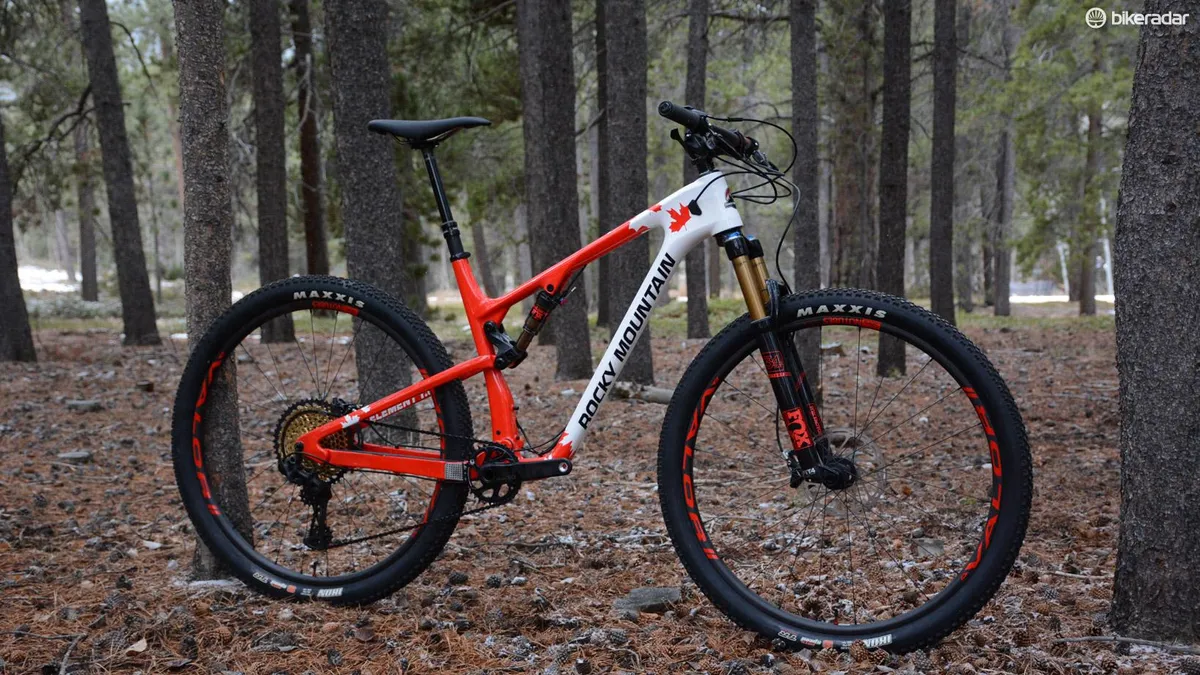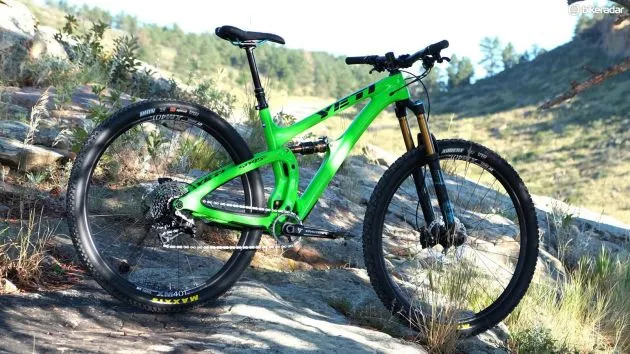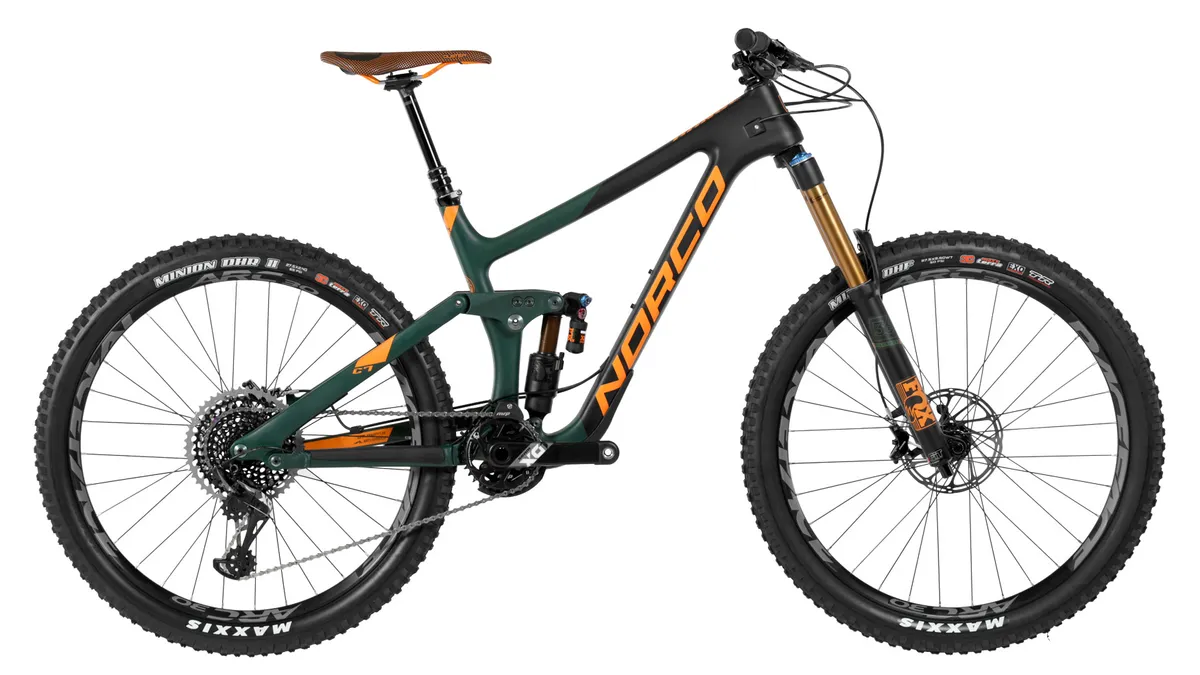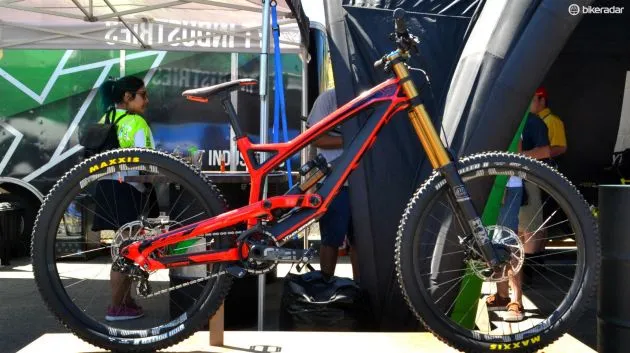While riding a decidedly XC bike (120/100mm front and rear travel) on a non-XC trail in an exceptionally non-XC way, it struck me that most riders are probably over-biked.
- Best 29er trail bikes
- Three rookie bike-buying mistakes I made so you don't have to
- Tire volume: what's the fastest for XC?
What's being over-biked? It's the opposite of being under-biked, duh. Sorry about that. Over-biked refers to the times when your bike's travel, geometry and intended purpose far outweigh the trails you're riding.
Gone are the days of head down, ass up XC bikes
Being over-biked isn't a bad thing if you have a huge motor to push the extra weight and travel around. Plus, it's fun to just smash through trail chunder.
Typically, it's much better than being under-biked, where you're holding up the group or shying away from the more fun bits of trail. That's why most riders tend to be over-biked. But you don't have to be anymore.
Cross country whips
Gone are the days of head down, ass up XC bikes. Whether it's due to XC courses getting rowdier or people wanting to have some more fun on their bikes, the lightest, most fragile mountain bike genre is finally letting its hair down.

100mm travel XC bikes can now be found with dropper posts, adjustable geometry and forks with a little girth to their stanchions. These are very, very good things. This allows them to be ridden harder and tackle uglier terrain, you know, like the stuff typically reserved for trail bikes just a few years back.
And don't worry, they're still fast.
Trail and all-mountain bikes
Often seen as the jack-of-all, trail and all-mountain bikes have gotten very capable with bigger tires, wider rims, slack geometry and exceptional suspension. Add that stuff to 29-inch wheels and there are few places where these bikes fear to tread.

It's amazing what a stiff frame with modern geometry and high-end suspension can do, even when the squishy bits only yield 150mm or less. Add some plus-size tires in the mix and classifications are thrown out of the window.
Enduro rigs
It wasn't long ago that a 160mm bike was a decent daily driver. Geometry leaned towards gravity's assist, but the ups weren't too bad.
The recent crop of ultra long and low enduro rigs sort of leave the uphill bit of the equation behind though. Yes, they have a full range of gears and can pedal, but within a few front-wheel-floppy pedal strokes it's pretty clear these bikes really only feel good dropping elevation over 40kph.

That makes sense since the terrain that enduro races cover is similar to downhill tracks, but instead of one lap and rebuild, these bikes are subjected to four–six brutal stages. There's a reason enduro racers ride coil shocks and downhillers don't.
Downhill sleds
How strong are your hands? If you're a competitive downhiller chances are very strong.
Studies have shown that grip strength plays one of the biggest roles in how fast you can ride a bike downhill. What does this mean? It means today's downhill bikes are so good, so dialed, that just hanging on is a major factor in laying down top lap times.

Are you over-biked? Maybe, probably, who cares as long as you're riding? If you're in the market for a new bike though, even I'm surprised to be saying this, check out some steeds with shorter travel than you think you need. You might just be shocked at how capable they've become.